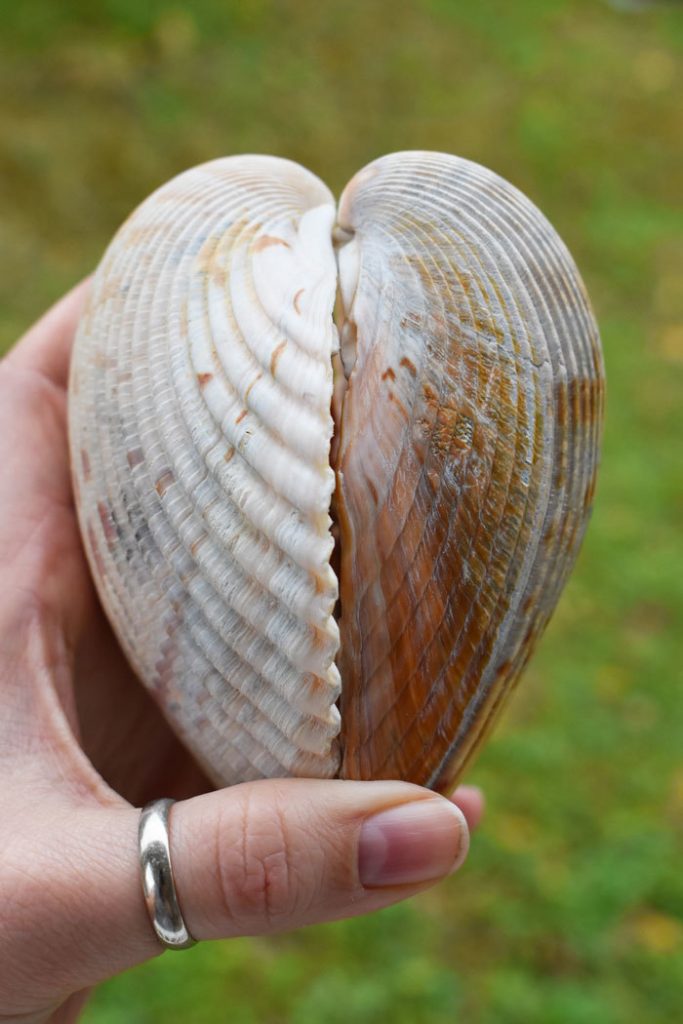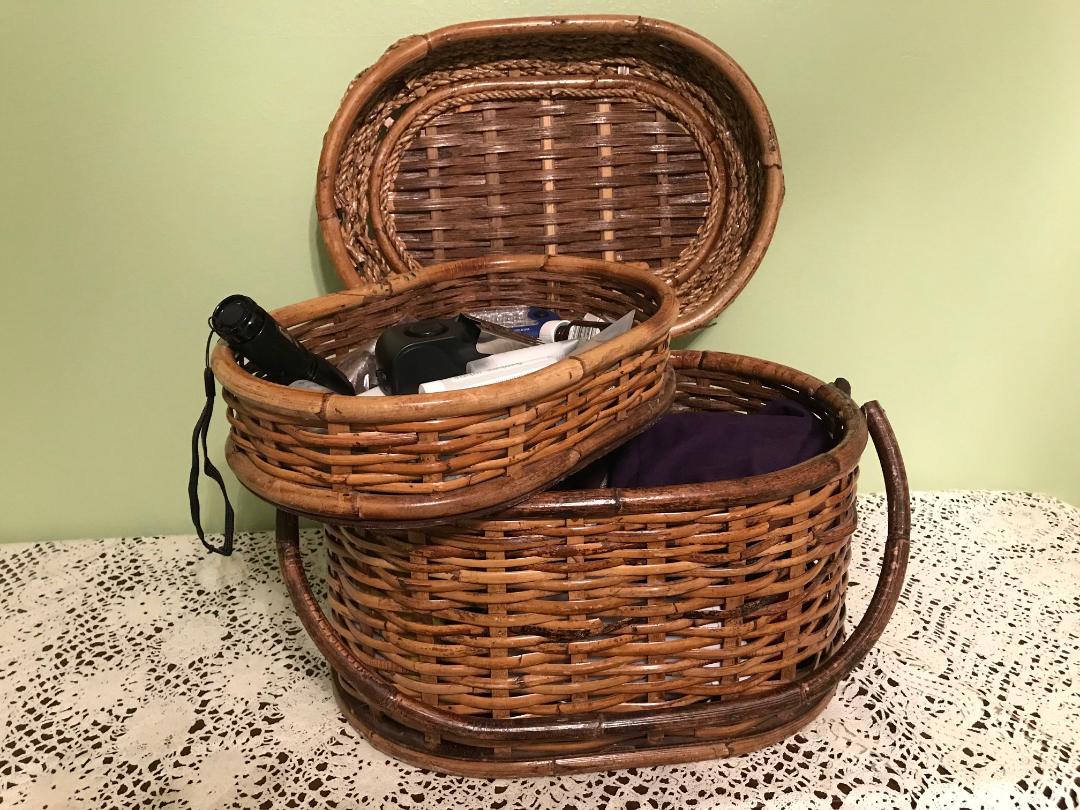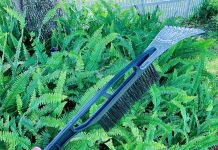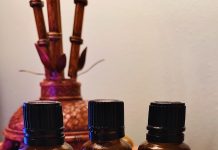Winter at the beach has a lot to offer, and officials at the Florida Fish & Wildlife Conservation Commission remind folks it’s a perfect time for collecting shells.
Shells are Fun and Useful
As a former island dweller, seashells have become an integral part of my home decorating scheme. They make great containers for Q-tips, candles and jewelry. Some act as decoration atop a cabinet, while others have been turned into craft projects such as a necklace or windchime. Little jars of sharks’ teeth collected throughout the years are tucked away. I even have a shell from my daughter’s first trip to the beach, labeled with the date. A little reminder of paradise.
While collecting is fun, leaving behind seashells and other marine organisms can also benefit our beaches, which is why I always limit what I take. Shells provide protection for creatures such as hermit crabs and can be hiding places for small fish. They also help stabilize beaches and anchor seagrass.
But if you do want to take home a few souvenirs, it’s important to know there are some rules when it comes to recreational seashell collection on Florida’s beaches.
Rules of the Beach
The major thing to keep in mind when you are collecting is, if it’s dead, it most likely is OK to keep.
Do not keep anything that is federally protected (i.e. sea turtles, sawfish or parts thereof).
If a seashell has a living organism inside it or is a living organism (think sand dollars and starfish), you must have a Florida saltwater fishing license (unless exempt) and you must adhere to state and local limits for that species.
It’s also good to know that there are a few species prohibited from harvest, such as the Bahama starfish and live queen conch. You may collect queen conch shells when the shells do not contain any living queen conch at the time of collection.
Special rules also apply if you are collecting in Lee or Manatee counties.

Cockle shells: These beach show-stoppers are often the size of your hand and strong enough to remain in one piece, which make them great for collecting. It’s also always “warmed the cockles of my heart” that the two shells of this bivalve form a heart shape when whole.
To learn more about FWC’s regulations on recreational seashell collecting, visit MyFWC.com/Marine and click on “Recreational Regulations” and “Sea Shells.” For a fishing license, visit GoOutdoorsFlorida.com.





















